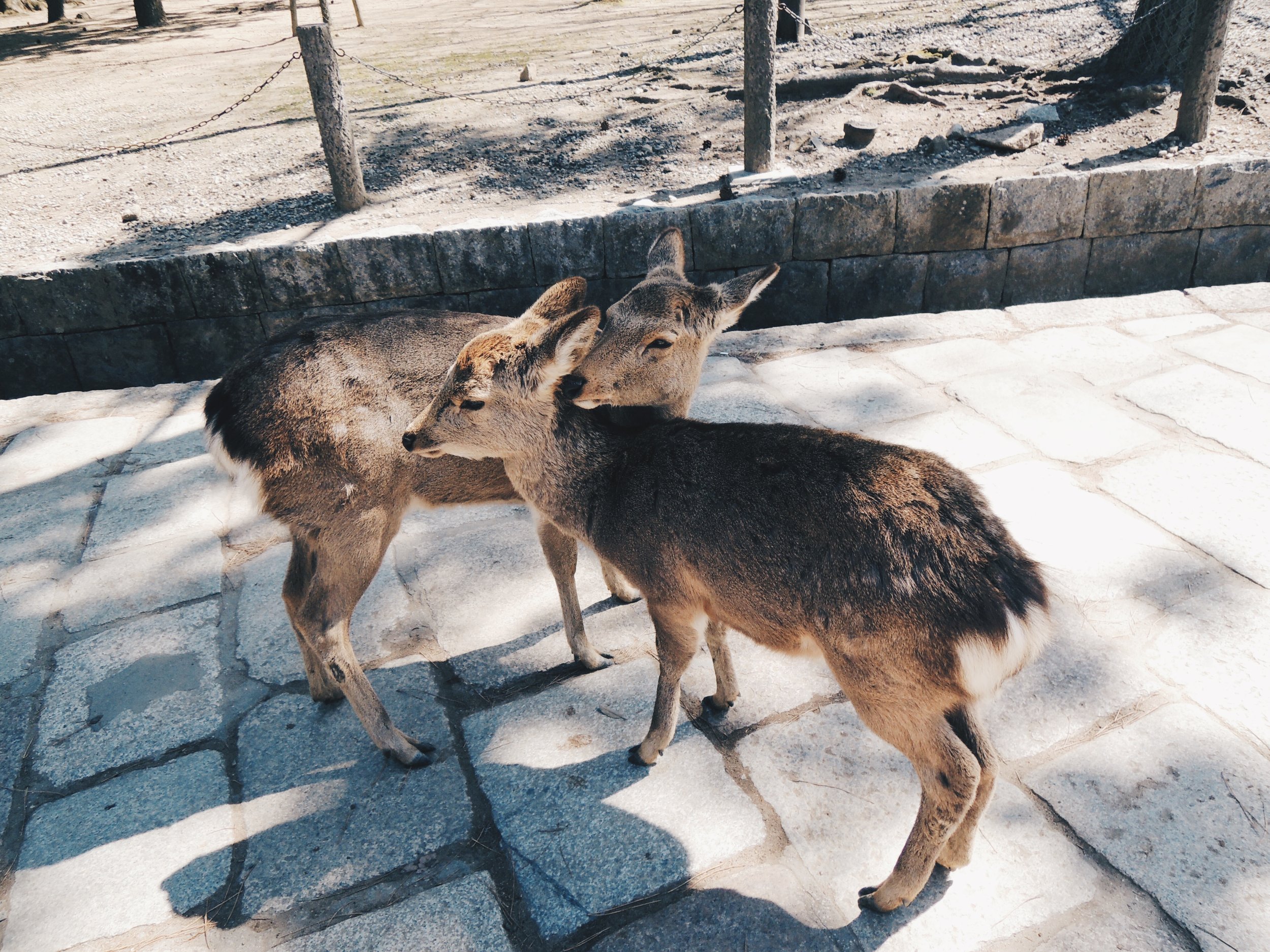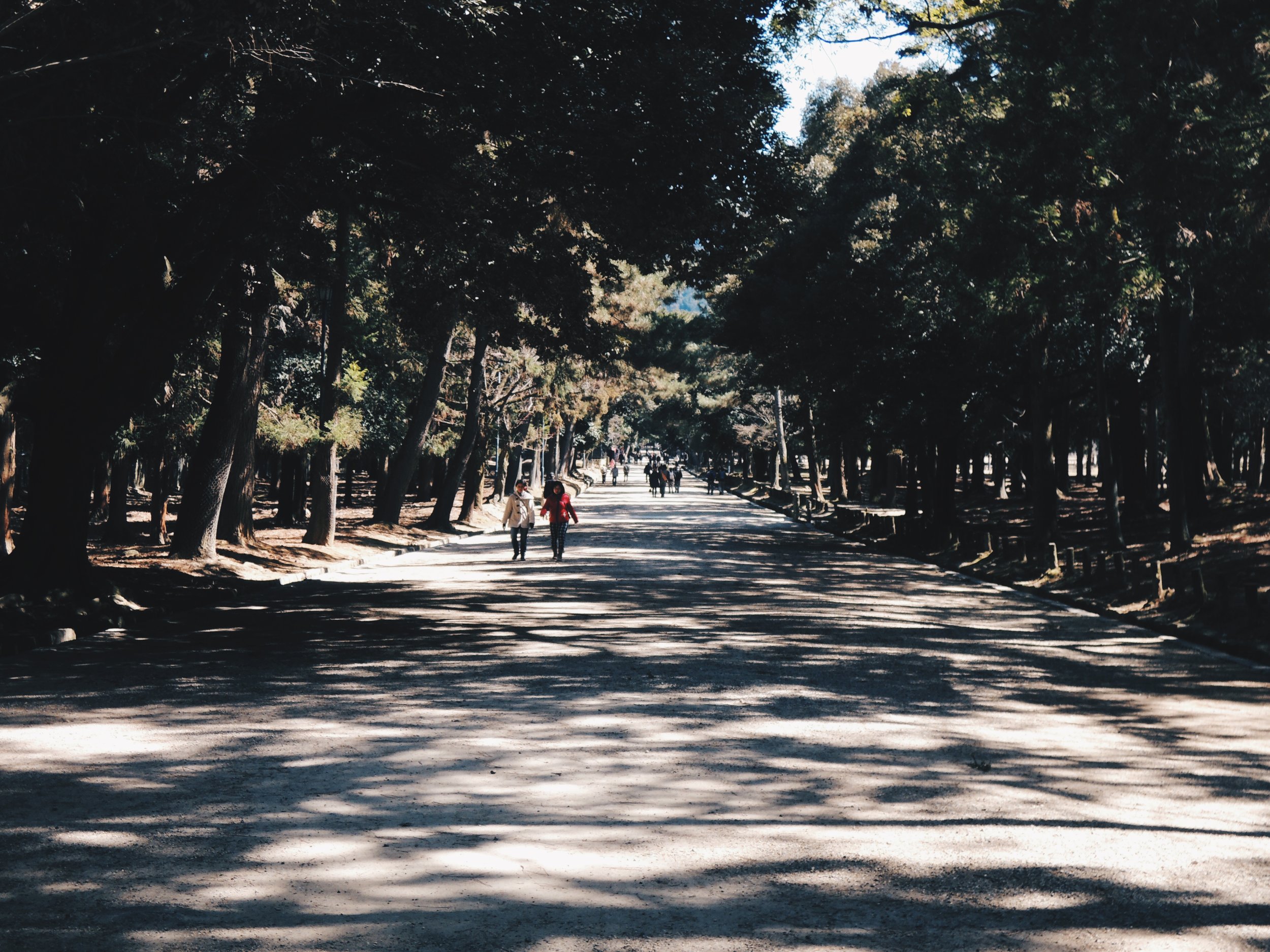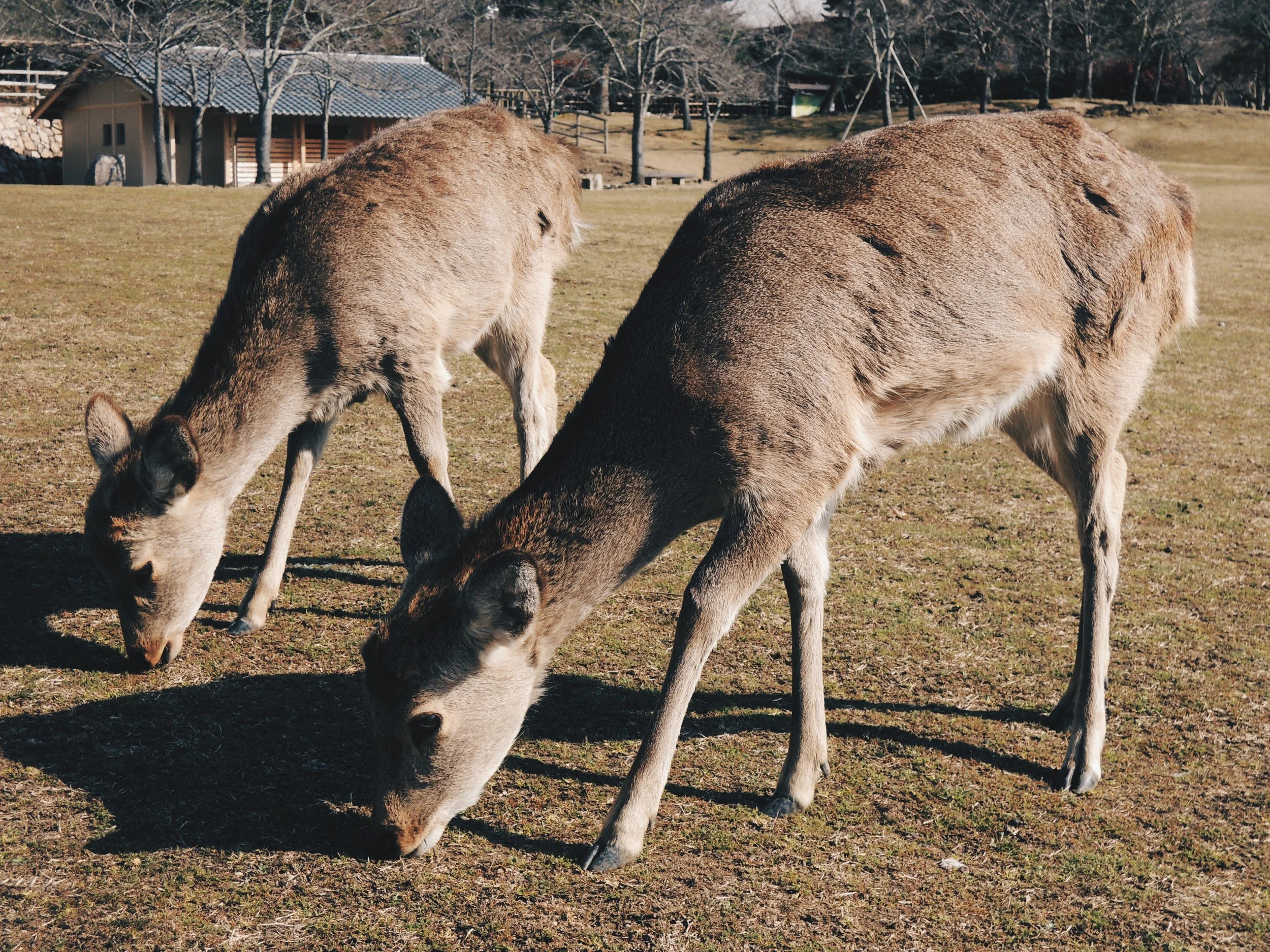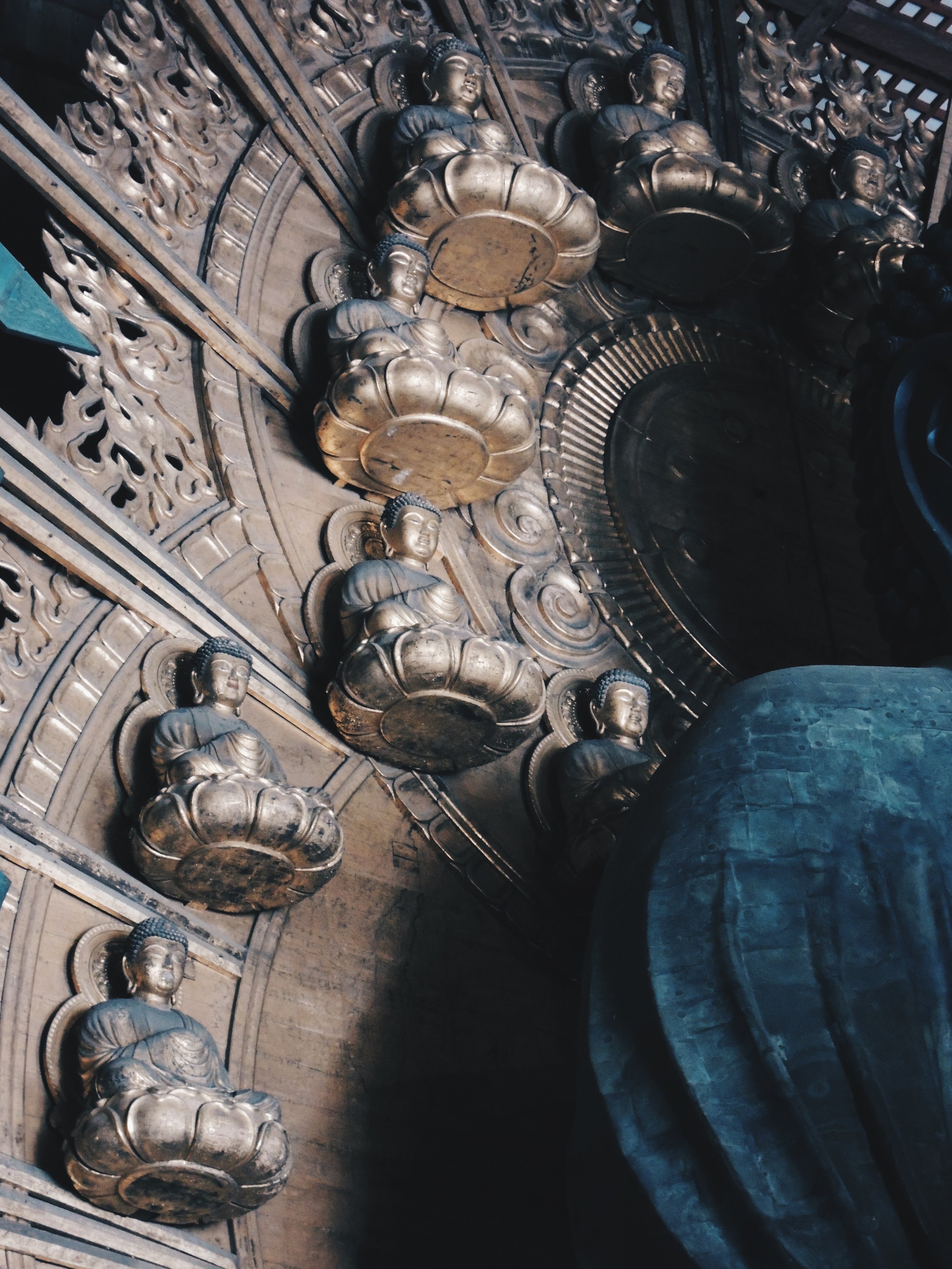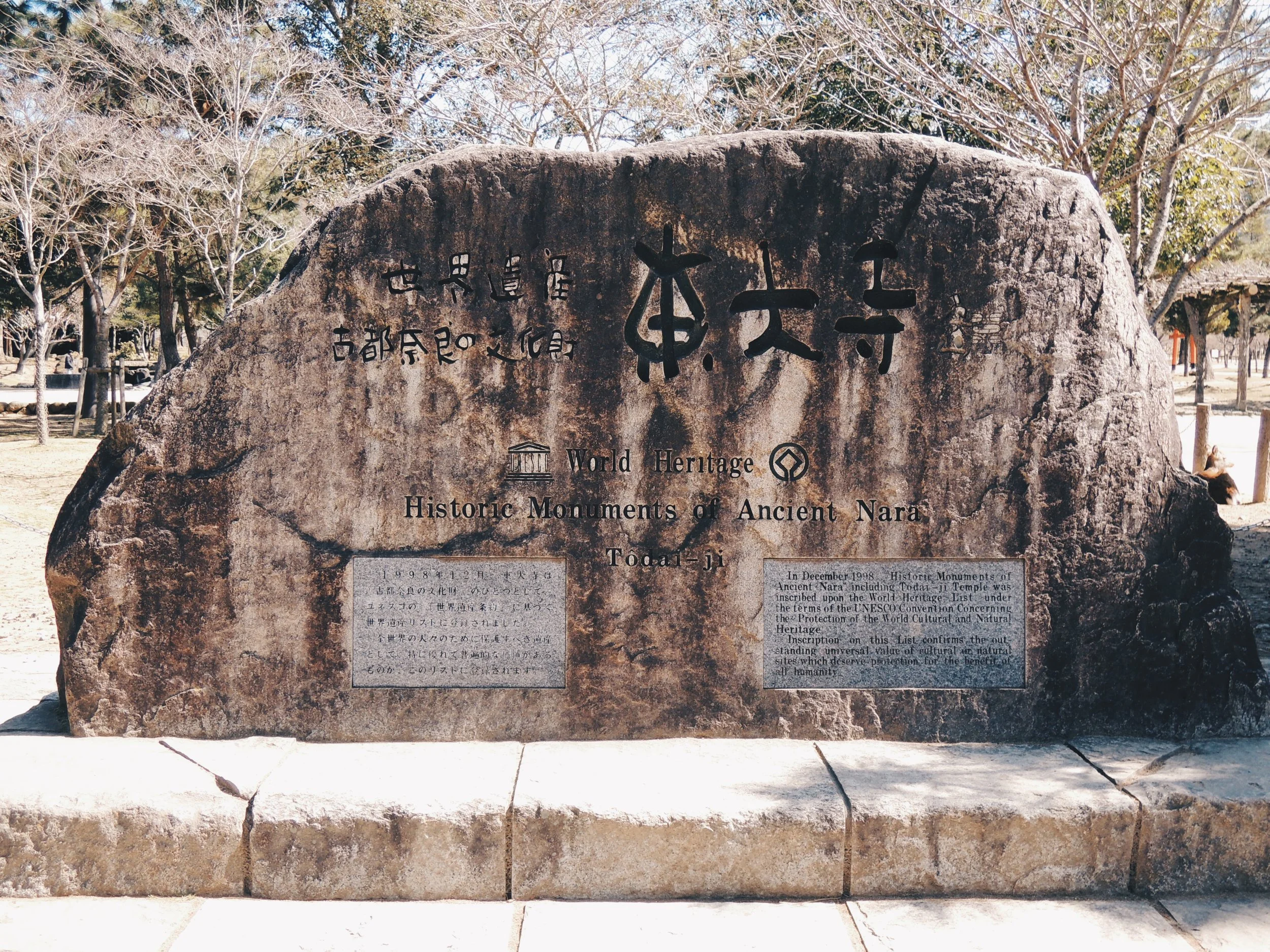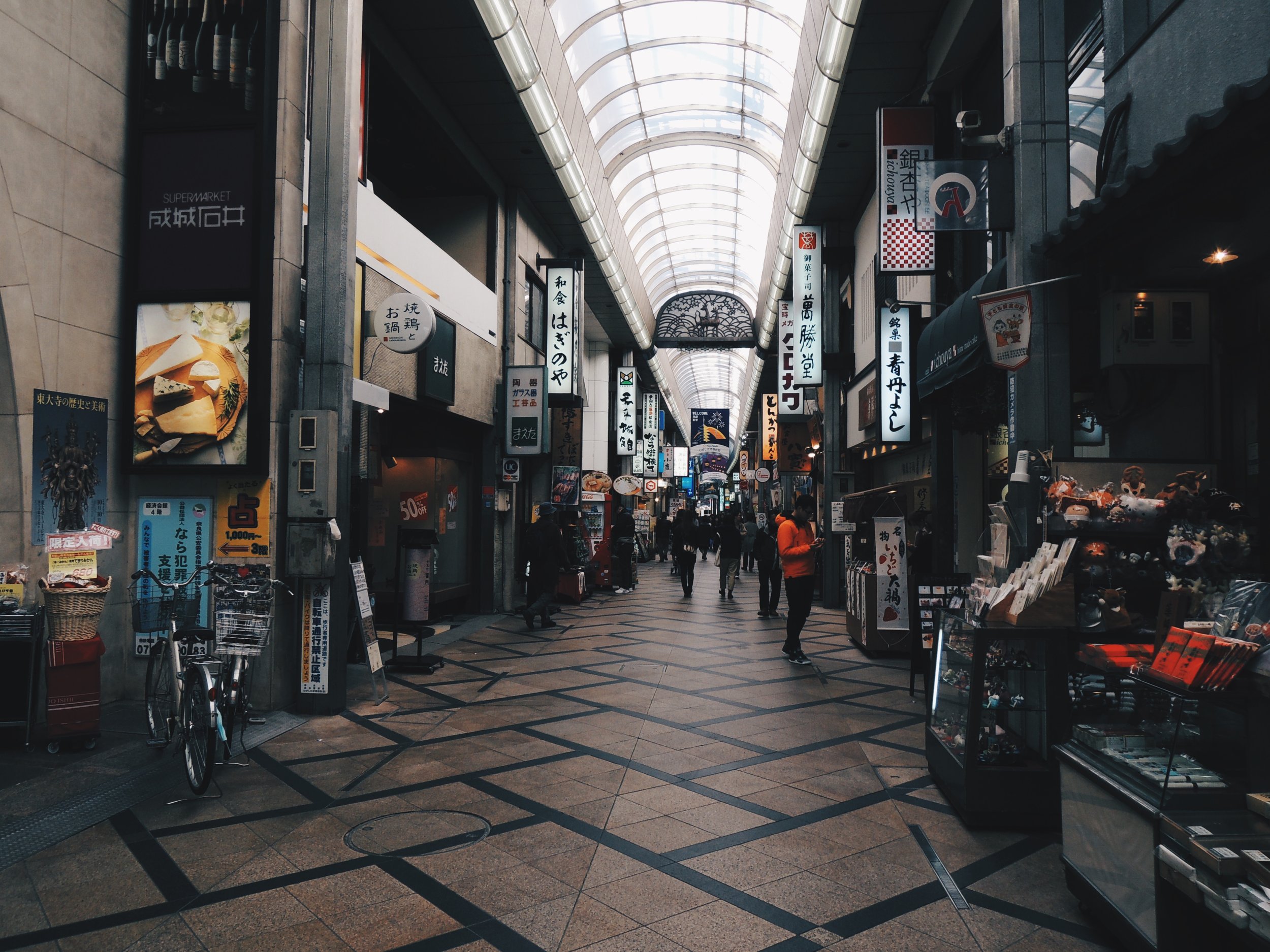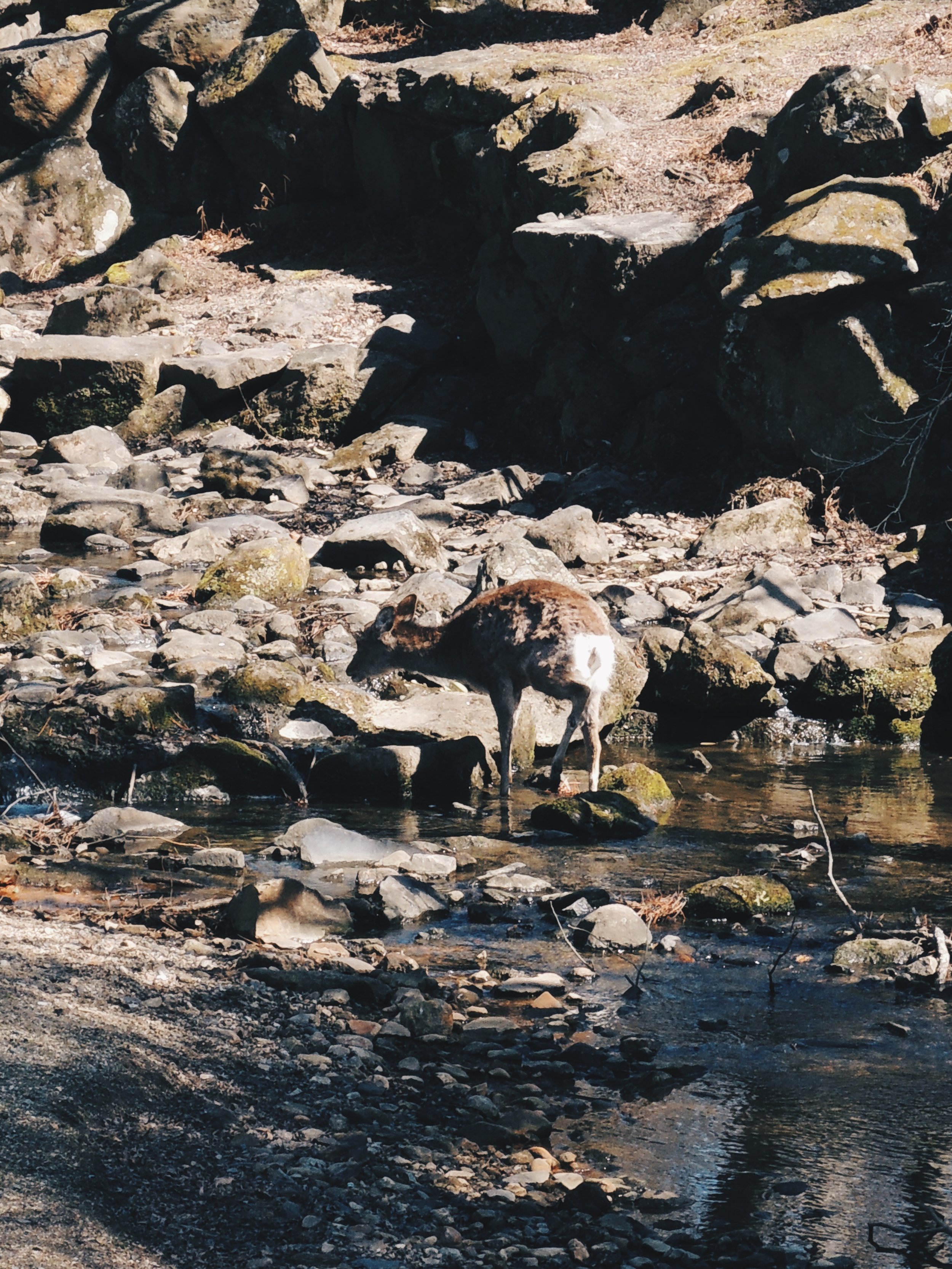Follow the Deer Leader in Nara: A Guide to Day Tripping from Kyoto or Osaka

Located under 50km from one of the most culturally rich cities of Japan— Kyoto, the city of Nara was a former capital of Japan and celebrated the 1, 300th anniversary of its ascension as Japan's imperial capital in 2010.
Nara's sightseeing map
Now though, Nara is a draw for tourists for its temples, shrines, traditional Japanese neighbourhoods, and gardens. Done frequently as a day trip out of Kyoto or Osaka, Nara's well-connected by rail and is a peach to get to.
If you’re looking to travel Japan by train, and you will have to if you’re city hopping and taking day trips like these, you should absolutely get yourself a JR Rail Pass.
You’ll be able to take unlimited trips and freely hop on and off the JR trains, and it’s only available to foreigners.
It’ll also help you save a decent amount of money, as these train trips can accumulate to a decent sum.
Todai-ji Temple located in Nara Park
For day trippers though, a trip to the sprawling Nara Park (奈良公園) which is home to many of the big sights in Nara anyway, and a stroll around the streets for its picturesque neighbourhoods is enough to fill a day with activities and sights.
Getting off the train station, directions to Nara Park are well-signposted given its importance to Nara's tourism sector. The biggest draw of Nara, of course, is the abundance of free-roaming deer, and can be found in the frankly ginormous Nara Park, which encompasses a stately 1, 240 hectares, and up to 1, 600 hectares including the surrounding areas.
The deer in Nara are considered to be messengers of god, and number in a rough estimate of 1, 200. It was quite a sight to see, with many of the deer being fawned over (terrible pun, but I'm keeping it) by visitors to the park. Many of them were found just roaming about, sleeping or going about their business completely unperturbed by another group of visitors the day brought.
They really perk up when you buy the biscuits on sale at stands everywhere, and it really is quite the sight having a whole herd of deer chasing after you, the most aggressive of the pack leading at the front. I can't help but think it must've really destroyed their natural feeding habits, but it was quite the experience.
When the menu of the day doesn't include biscuits from tourists
Making your way through the park, a temple on your list will, and should probably be Todai-ji Temple (東大寺), home to one of the biggest Daibutsu (Great Buddha— Nara is a city built on Buddhism after all) and is some 16 metres high. It houses the Daibutsu-den, the Hall of the Great Buddha, a rather awe-inspiring sight to see right in front of your eyes.
Inside the Daibutsu-den, circling back, there is a pillar which is good fun for kids (or the young at heart), and it is said that children who can squeeze in and out of it are to be assured enlightenment.
Daibutsu in the Daibutsu-den
Apart from Daibutsu-den and Todai-ji Temple, other attractions that can be found in Nara Park are Isui-en Garden (依水園), Kasuga-taisha Shrine (春日大社), Yoshiki-en Garden (吉城園), Kofuku-ji Temple (興福寺) etc. Personally though, I didn't make the effort to hit every single place on the aforementioned list, mostly because Nara Park itself is huge and every corner is pretty scenic, so I didn't see the point of expending time on foot trying to look for places than actually seeing the places.
Eight sites in Nara have been designated UNESCO World Heritage Sites
After a pleasant few hours amongst the deer at Nara Park, we headed out to the streets to see the town. There's a pleasant mix of new and old in the city, and traditional Japanese neighbourhoods are always oddly serene and tranquil.
After roaming the streets and getting our bellies filled, that was pretty much it for us in Nara.
Truth be told, the biggest attraction for me in Nara was the huge number of deer roaming Nara Park, which made for an interesting experience you don't necessarily find in every park around the world, never mind in Japan. Other attractions lie beyond, but there was none that I decided I would really need to see to justify staying over in Nara.
Trains pulling into Nara's railway station
How to get to Nara from Kyoto:
1. Japan Railways (JR) from Kyoto Station
Operating half hourly at a cost of JP¥710 (approx. US$6.20) covered by the Japan Rail Pass, this one way trip takes 45 minutes on the JR Nara Line.
2. Kintetsu Railways from Kyoto Station
Steeper limited express trains by Kintetsu Railways run twice every hour from Kyoto Station at a cost of JP¥1130 (approx. US$10) taking 35 minutes one way on the Kintetsu Nara Line.
More economical are the express trains that run hourly which will set you back JP¥620 (approx. US$5.50) for a 45 minute ride one way.
How to get to Nara from Osaka:
1. Japan Railways (JR) from JR Osaka Station
Clocking at 50 minutes, the trip from JR Osaka Station will cost you JP¥780 (approx US$6.85) on the JR Kanjo-Yamatoji Line by the Yamatoji Kaisoku express trains.
2. Kintetsu Railways from Kintetsu Namba Station (Osaka)
The Kintetsu Railways connection pips the JR ride to the post when it comes to a speedy trip, taking just 40 minutes between Osaka's Kintetsu Namba Station and Nara's Kintetsu Nara Station at a cost of JP¥540 (approx. US$4.75)


